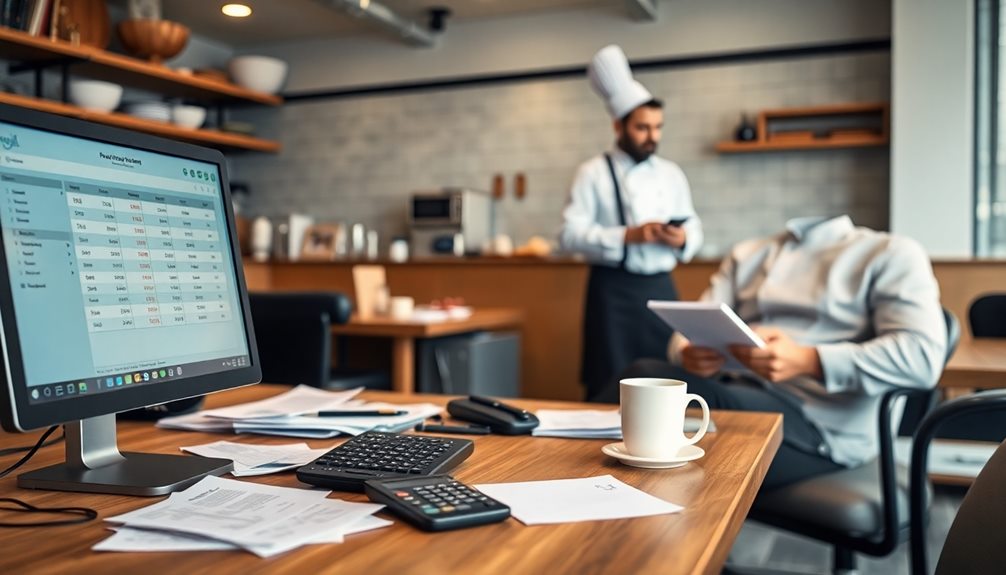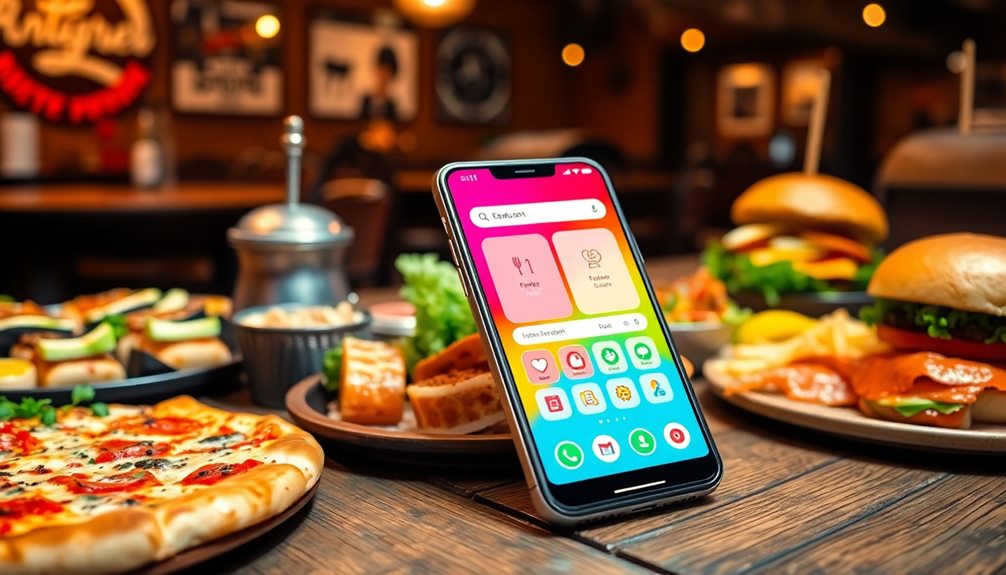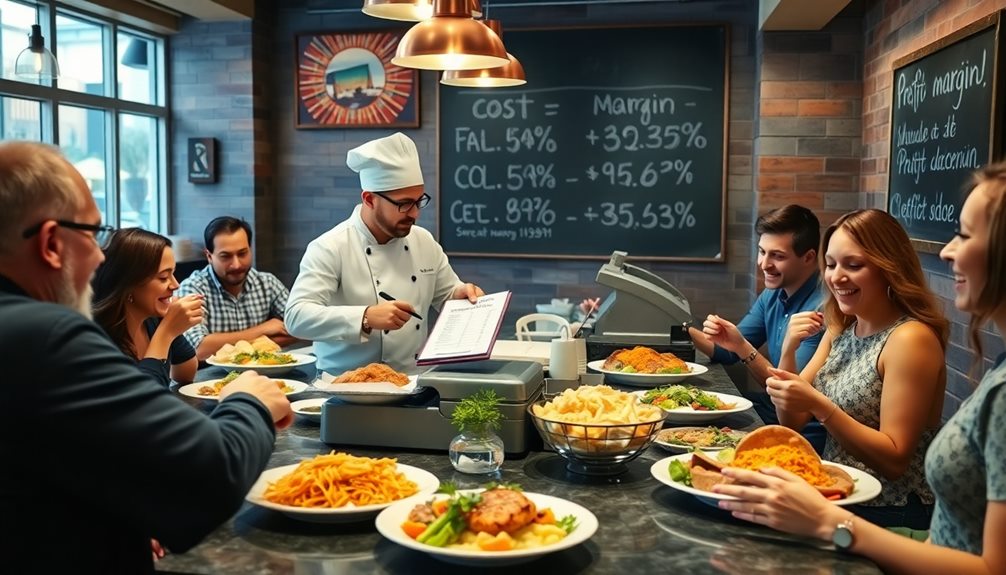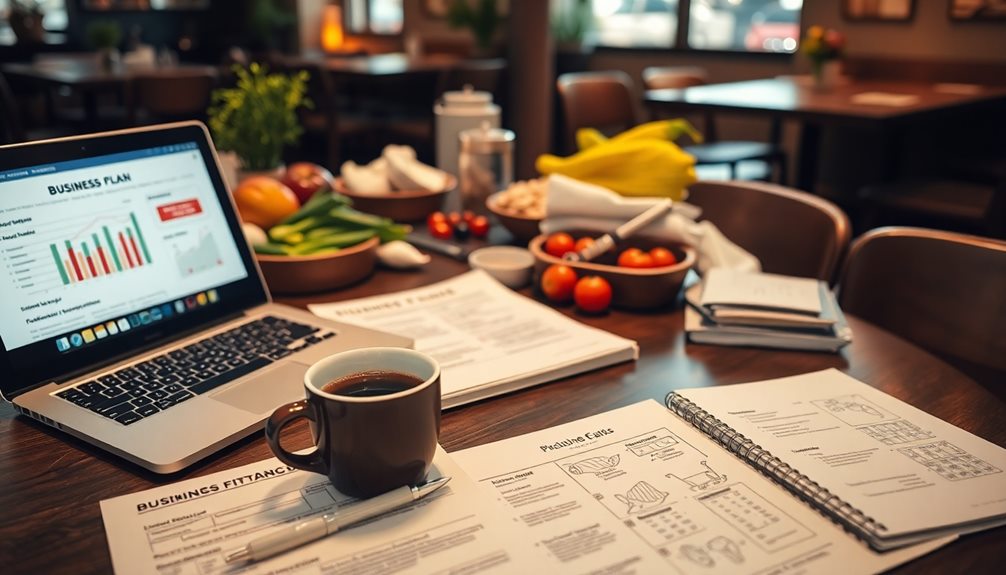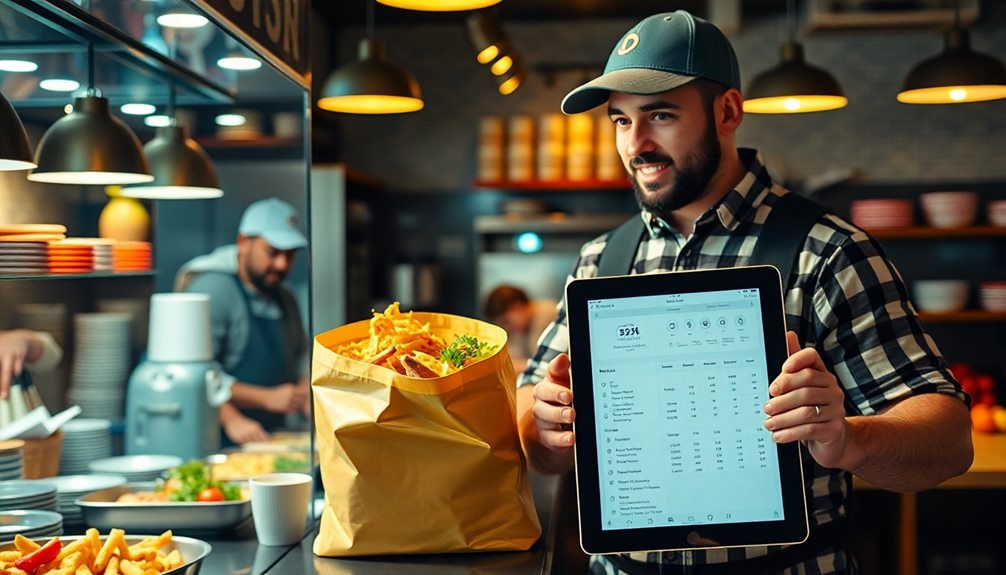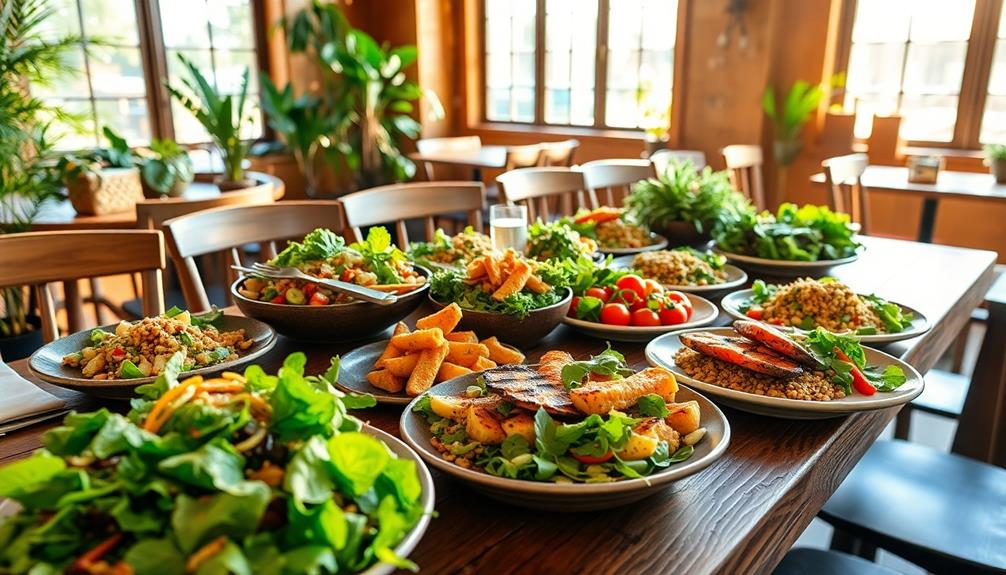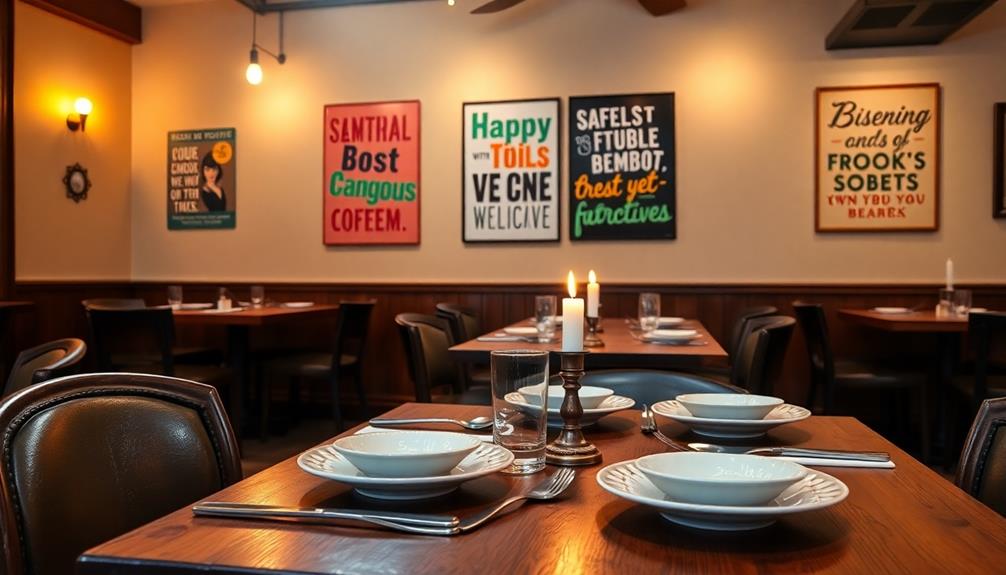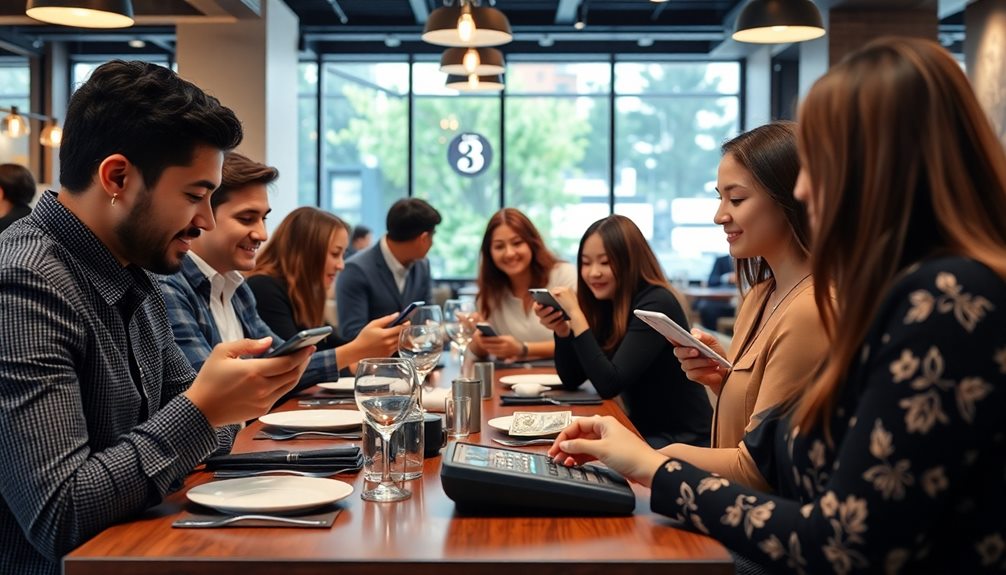To manage restaurant payroll effectively, start by tracking employee wages, hours, and tips. Guarantee compliance with the Fair Labor Standards Act for minimum wage and overtime pay. Set up a reliable payroll system using software like Gusto or Restaurant365, and gather essential documents, including tax IDs and employee forms. Establish a consistent payroll schedule to keep employees happy. Calculate gross pay accurately and account for deductions, including payroll taxes and tips. Maintain proper records for at least 3-7 years to prepare for audits. Follow these steps, and you'll be on your way to managing payroll with confidence. There's more to uncover!
Key Takeaways
- Establish a reliable payroll system by gathering essential documents like EIN, tax IDs, and employee forms (W-4, I-9).
- Select user-friendly payroll software to streamline wage calculations, tax withholdings, and tip tracking for accuracy.
- Adhere to the Fair Labor Standards Act (FLSA) for minimum wage, overtime pay, and accurate payroll tax withholdings.
- Maintain comprehensive payroll records for 3-7 years, including timesheets, payment records, and employee documentation for compliance purposes.
- Conduct regular audits to verify payroll accuracy and ensure compliance with legal regulations and tax reporting requirements.
Understanding Restaurant Payroll Basics
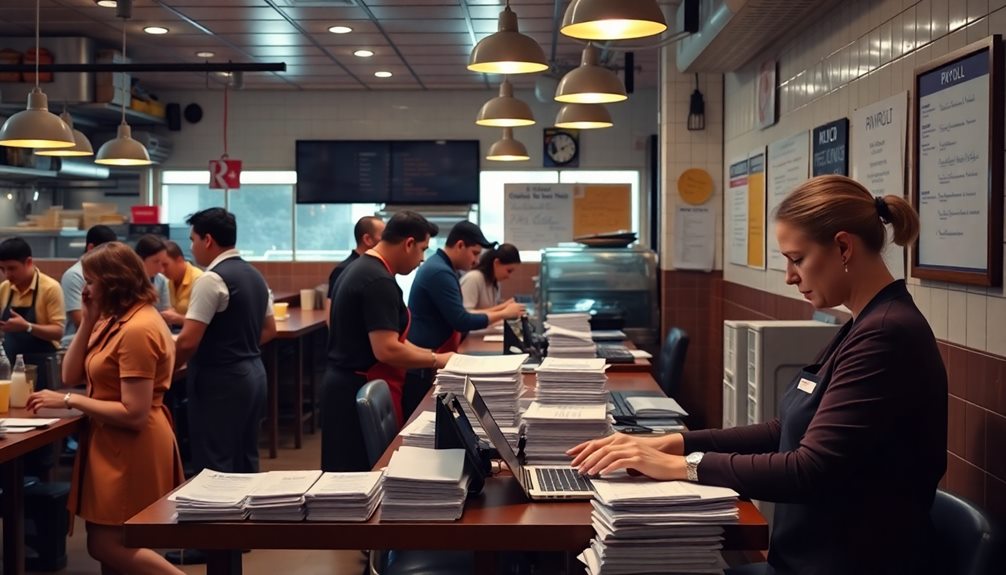
When you manage a restaurant, understanding payroll basics is vital, as it directly impacts your bottom line. The restaurant payroll process involves tracking employee wages, hours worked, and tips to guarantee accurate compensation.
You need to calculate labor costs carefully, as the average labor cost typically ranges from 30-35% of your monthly revenue. To comply with the Fair Labor Standards Act (FLSA), you must follow minimum wage requirements and regulations for overtime pay, which is calculated at time-and-a-half for hours over 40.
It's important to include tips in your payroll calculations, as they're also subject to taxation. Safeguarding compliance with labor laws protects you from potential legal issues.
Managing restaurant payroll means maintaining accurate payroll records for at least 3-7 years. This documentation should include hours worked, wages paid, and tax withholdings.
Setting Up Payroll Systems
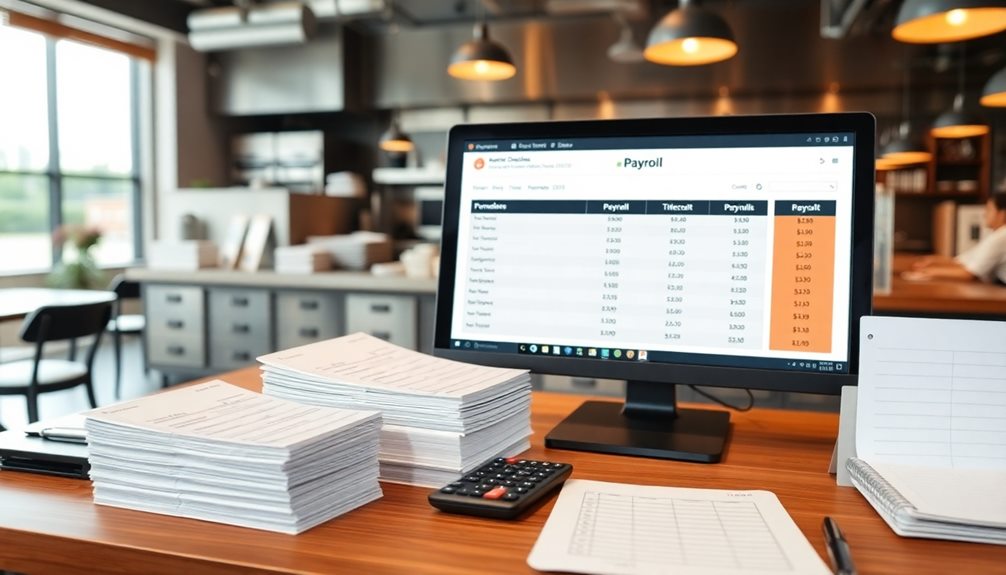
Establishing an efficient payroll system is essential for your restaurant's success. Start by gathering key documents like your Employer Identification Number (EIN), state and local tax IDs, and employee forms such as W-4 and I-9. This guarantees compliance with legal requirements.
Next, choose reliable payroll software that integrates seamlessly with your restaurant operations. Options like Gusto or Restaurant365 can streamline payroll processing by automatically calculating wages, taxes, and deductions. Implement a consistent payroll schedule—whether weekly or bi-weekly—to boost employee satisfaction.
Here's a simple breakdown of what you need to take into account:
| Component | Description | Importance |
|---|---|---|
| Employer Identification Number (EIN) | Unique identifier for tax purposes | Essential for compliance |
| Payroll Software | Automated system for processing payroll | Saves time and reduces errors |
| Payroll Schedule | Frequency of employee payments | Improves financial planning |
| Employee Forms | W-4, I-9, etc. | Guarantees accurate records |
| Record Keeping | Maintain records for 3-7 years | Prepares for audits |
Complying With Payroll Regulations
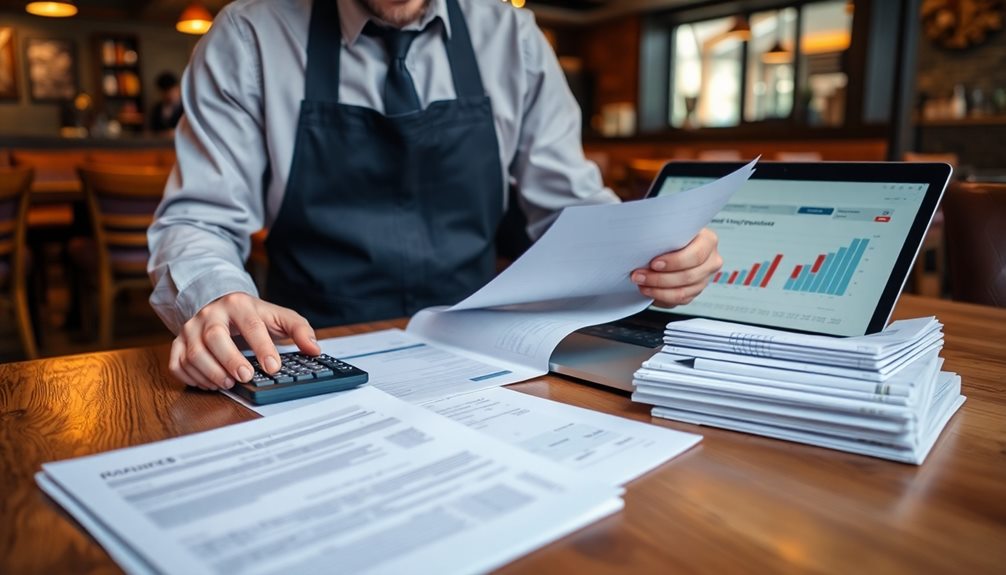
Restaurants must consistently comply with payroll regulations to avoid legal pitfalls and secure fair employee compensation. Understanding the complexities of payroll can be intimidating, but it's essential for restaurant operators. Here are three key areas to focus on:
- Minimum Wage and Overtime Pay: Adhere to the Fair Labor Standards Act (FLSA) and local payroll taxes by making certain employees receive at least the minimum wage and proper overtime pay for hours worked over 40 in a week.
- Accurate Payroll Taxes Reporting: Make sure you accurately withhold payroll taxes, including federal income tax, Social Security, and Medicare. Use the correct IRS forms, such as Form 940 and Form 941, for reporting.
- Employee Documentation: Maintain proper documentation like employee W-4 and I-9 forms to verify tax withholding and eligibility. This will help guarantee compliance during audits.
Regularly reviewing your payroll processes and conducting audits can help you identify discrepancies and maintain compliance standards.
Calculating Wages and Deductions
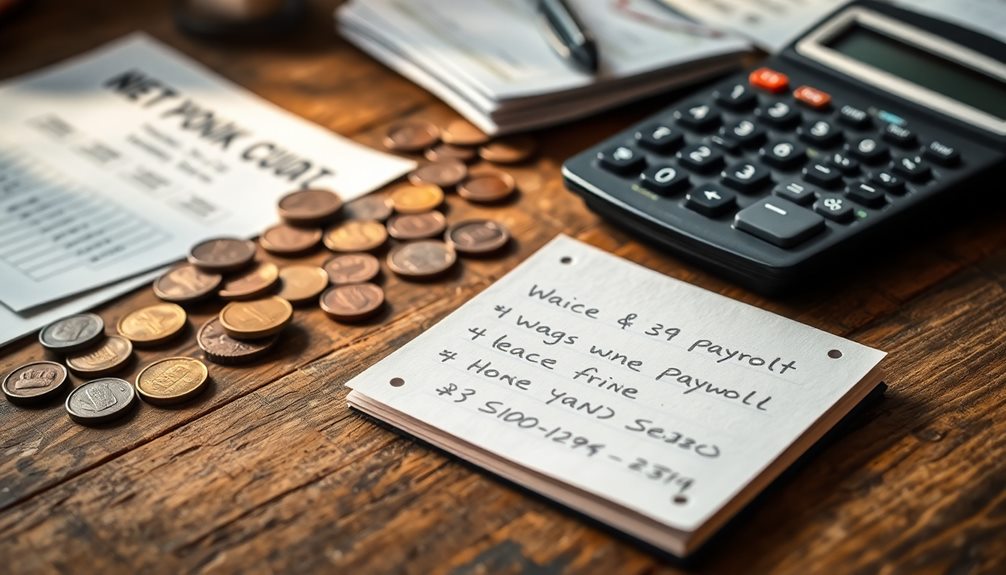
Calculating wages and deductions accurately is a critical aspect of managing restaurant payroll, building on your commitment to compliance. To calculate gross pay for your hourly employees, simply multiply the total hours worked by their hourly wage. For instance, a hostess working 35 hours at $15/hour would earn $525 in gross pay.
Don't overlook overtime pay—any hours worked beyond 40 in a week must be compensated at 1.5 times the regular pay rate, like a bartender making $20/hour who earns $30/hour for those extra hours.
When it comes to deductions from gross pay, be certain to account for federal income tax, FICA taxes, and Medicare, as well as any voluntary pre-tax benefits. FICA taxes, which are 7.65% of gross wages, are split between you and your employees.
Additionally, accurately tracking data on employee tips is essential since they're considered taxable income and must be included in gross pay for proper withholding taxes. By mastering how to calculate payroll accurately, you guarantee compliance and foster a fair and transparent workplace in the restaurant industry.
Managing Payroll Records and Documentation
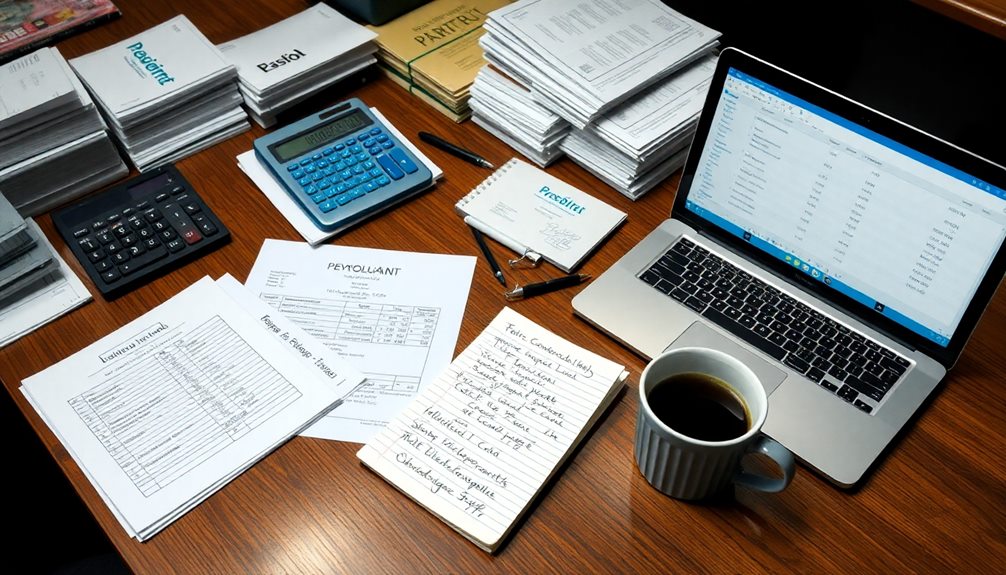
How can you confirm your restaurant's payroll records are both accurate and compliant? Managing payroll records is essential for your business's success. Here are three key steps to guarantee you're on the right track:
- Maintain Documentation: Keep important employee documentation like W-4 forms for tax withholding and I-9 forms for work eligibility. These help you comply with employment laws and IRS regulations.
- Implement a Tip-Tracking System: Since all tips are taxable income, a reliable tip-tracking system is critical. This enhances payroll accuracy and guarantees you report tips correctly, meeting IRS requirements.
- Regularly Review Records: Schedule regular audits of your payroll records. This practice will help you verify accuracy and compliance with federal, state, and local laws. It also minimizes the risk of penalties during tax filings and audits.
Additionally, remember to maintain payroll records for at least 3-7 years, including timesheets and payment records.
This preparation not only aids in compliance but also guarantees you're ready for any potential audits concerning payroll taxes.
Frequently Asked Questions
What Should Payroll Be for a Restaurant?
Your restaurant's payroll should ideally range between 25% to 35% of monthly revenue, depending on your establishment type. Keeping labor costs in check helps maintain profitability while ensuring you meet employee needs and compliance standards.
How Do You Manage Payroll Effectively?
Managing payroll effectively means weaving a tapestry of precision and consistency. You'll automate processes, maintain accurate records, establish a reliable schedule, and stay informed on regulations, ensuring smooth operations and employee satisfaction in your business.
What's the Best Way to Do Payroll for a Small Business?
For a small business, you should choose user-friendly payroll software, set a consistent payment schedule, maintain accurate records, understand payroll taxes, and implement direct deposit. These steps streamline your payroll process and enhance employee satisfaction.
What Are the Six Steps in Managing a Payroll System?
Imagine your best employee, Jane, frustrated over missed paychecks. To prevent this, you should follow six steps: document employees, set up a payroll system, track hours, calculate pay, and guarantee compliance.
Conclusion
In the whirlwind of managing restaurant payroll, you're not just crunching numbers; you're orchestrating a symphony of delicious chaos! By mastering the basics, setting up efficient systems, and staying compliant, you'll transform payroll from an intimidating task into a well-oiled machine. With every wage calculated and record meticulously managed, you'll feel like a payroll superhero, soaring above challenges. So, plunge in, embrace the hustle, and watch your restaurant thrive like never before!
